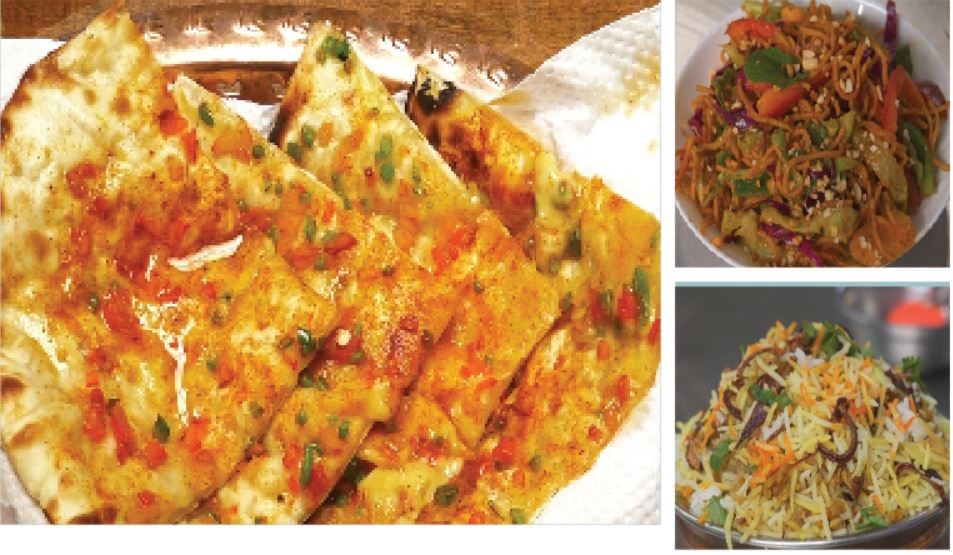Indonesian style satay chicken

What you need to know:
- Review. If one were to imagine a culinary sojourn from the north to the south east, the cuisine of the island of Sumatra showcases Indian and Middle Eastern influences with an assortment of meat and vegetables such as gulai and kari, writes A. Kadumukasa Kironde II.
The cuisine of Indonesia is enshrined in a variety of traditions, taste as well as influences from other countries which ought to be of no surprise since the nation has no fewer than 6’000 (sic) populated islands as well as the largest archipelago known to exist on the planet. Owing to its location and vast natural resources, Indonesia has always been an important commercial hub in the region and this also resulted in frequent and long lasting contacts with foreign cultures that has had a lasting influence on the population of the islands which constitute the Indonesian archipelago. Owing to the islands being far apart, and given the Islanders myriad contacts with different people resulted in their evolving no singular Indonesian cuisine but rather several varied and wonderful regional ones. Out of these confluences from the Middle East, India, China and of recent Europe was born the cuisine.
If one were to imagine a culinary sojourn from the north to the south east, the cuisine of the island of Sumatra showcases Indian and Middle Eastern influences with an assortment of meat and vegetables such as gulai and kari (curry). By contrast, further south on the island of Java, which is by far the most densely populated of the islands; and this is where the capital Jakarta is situated and the flavours of the native cuisine are more strong and distinctive.
Heading eastwards we come across Melanesian and Polynesian influences while bearing in mind the contacts had with China over the centuries, it is little wonder that its food reflects many elements of its Chinese counterparts. Here we can cite dishes such as bakni (pasta) bakso (meat or fish balls and the much loved and ubiquitous lumpia that is very similar to the Chinese spring roll. These have become an integral part of the Indonesian cuisine to the point where nobody can recall their foreign origins. Last but not least in terms of influence are the Europeans ranging from the Spanish and Portuguese traders to the Dutch who were the last ones to colonise Indonesia before it became independence. This also determined the diffusion of ingredients that were previously only known about in the islands to which they belonged.

The Moluccas, or Maluka Islands, are an important example of the European influence in Indonesia: they are famous for being the “Spice Islands”, but it is thanks to foreign traders that spices that had previously been confined to their areas of origin, such as cloves and nutmeg, were introduced into and spread throughout the Indonesian cuisine, and then worldwide.
The local dishes
Despite spanning a multitude of variations, Indonesian cuisine still preserves its own specific profile that is common to the entire archipelago. This tradition is recognizable in some popular Indonesian dishes such as nasi goreng, gado-gado, satay and soto, which are now household names all over the world and considered national Indonesian dishes.
But the populations who came to Indonesia were also influenced by them. In fact, some popular Indonesian dishes crossed the Indonesian borders and can commonly be found today in most of South East Asia. Think about satay or rendang (the famous pork stew with typical Middle Eastern flavors), two dishes that are now favorites in Malaysia and Singapore. Not to mention sambal, the well-known spicy sauce that comes in various versions, often served with the typical dishes of Indonesian cuisine.
Indonesian Style Satay Chicken
Serves 4
To get the best flavor we recommend boneless chicken thighs. Regarding the bamboo skewers, we suggest that you soak them in cold water for at least two hours or better yet overnight. This method will ensure that they do not char when keeping the threaded chicken warm in the oven.
Method:
1. Shell and rub the skins from the peanuts and then soak them in enough water to cover for 1 minute. Drain the nuts and cut them into slivers.
2. Heat the wok or frying pan and add 1 teaspoon oil. When it is hot, stir fry the peanuts for a minute unit they are crisp and golden. Remove with a slotted spoon and drain on a paper towel.
3. Add the remaining oil to the hot wok. When the oil is hot, add the onion, ginger and garlic and stir fry for 2 -3 minutes until softened but not browned. Remove with a slotted spoon and drain on paper towels.
4. Add the chicken pieces and stir fry for 3-4 minutes until crisp and golden brown on all sides. Thread on to presoaked bamboo skewers and keep warm.
5. Add the creamed coconut to the hot wok in small pieces and stir fry until melted. Add the chili sauce, peanut butter and cooked ginger and garlic and simmer for two minutes. Stir in the sugar, milk and salt and simmer for a further 3 minutes. Serve the skewered chicken hot with a dish of the hot dripping sauce sprinkled with the roasted peanuts.




